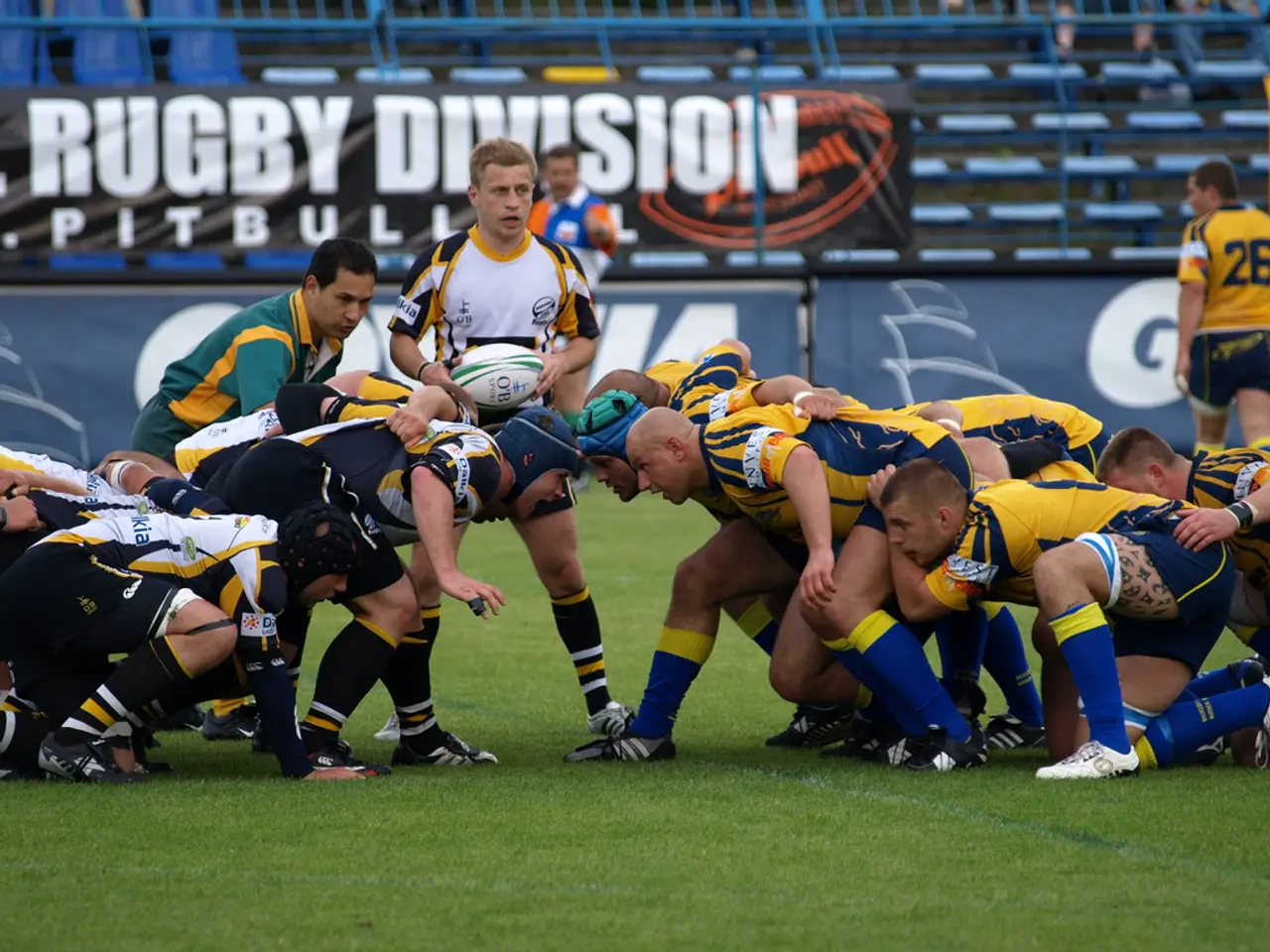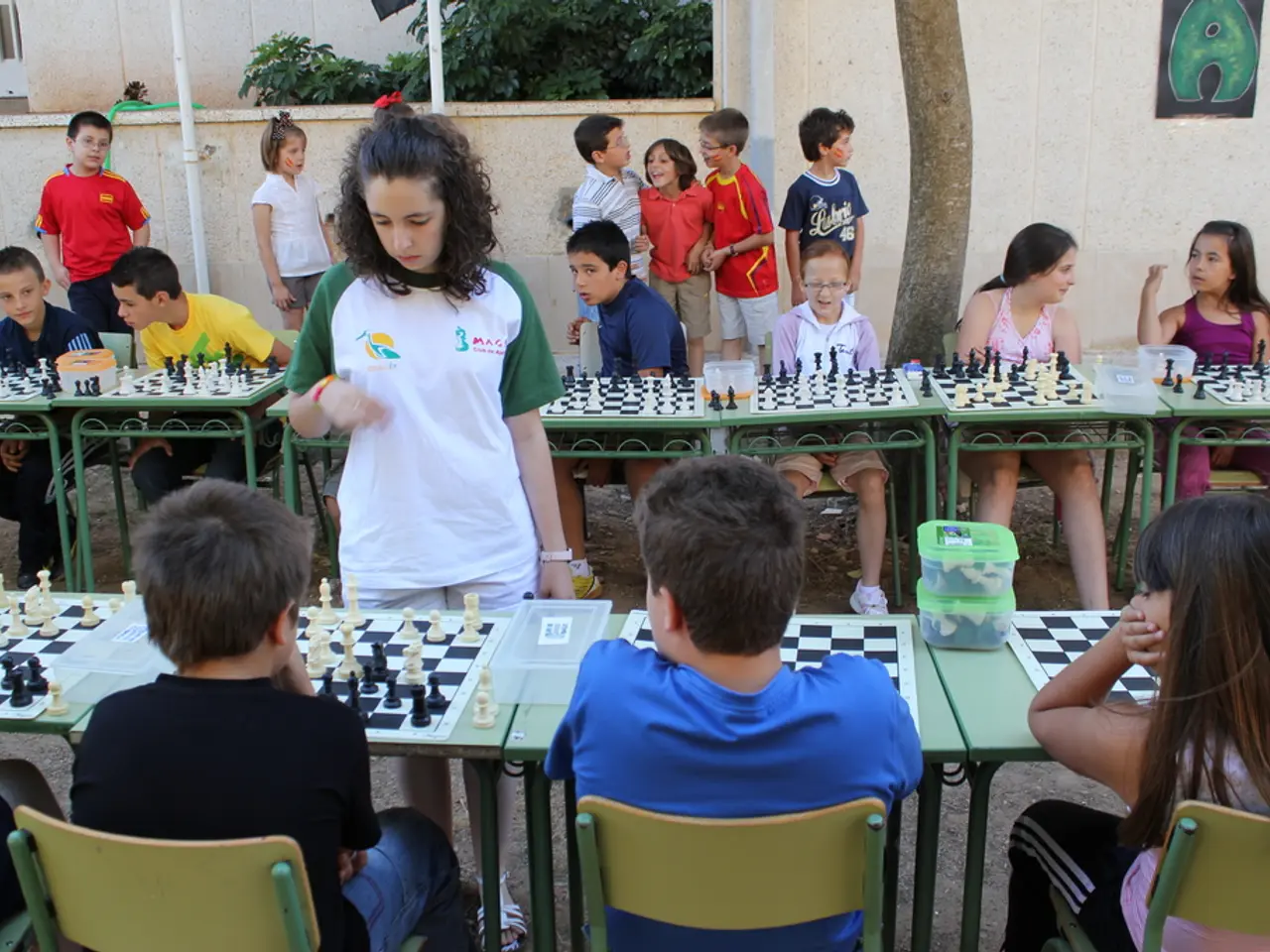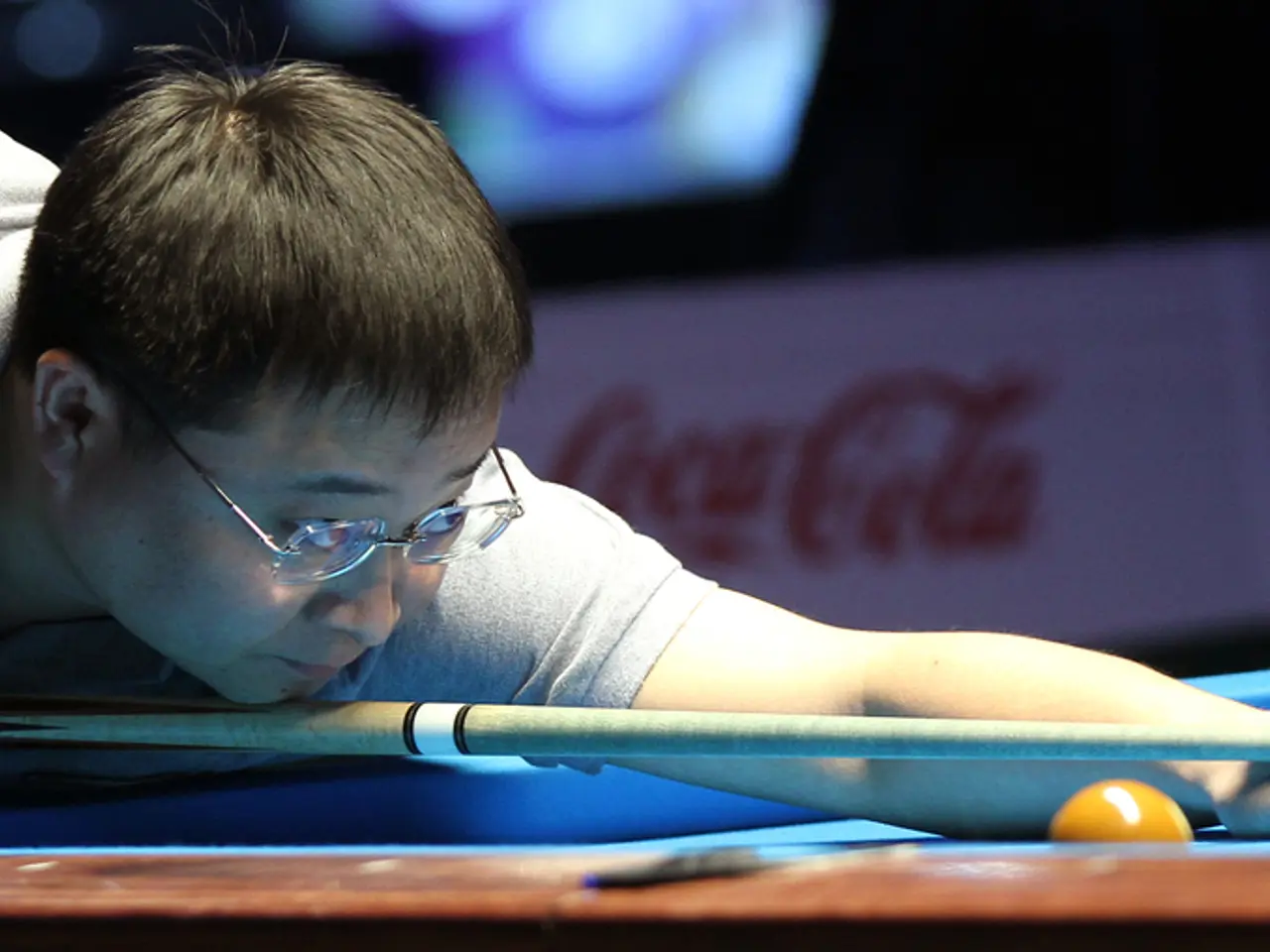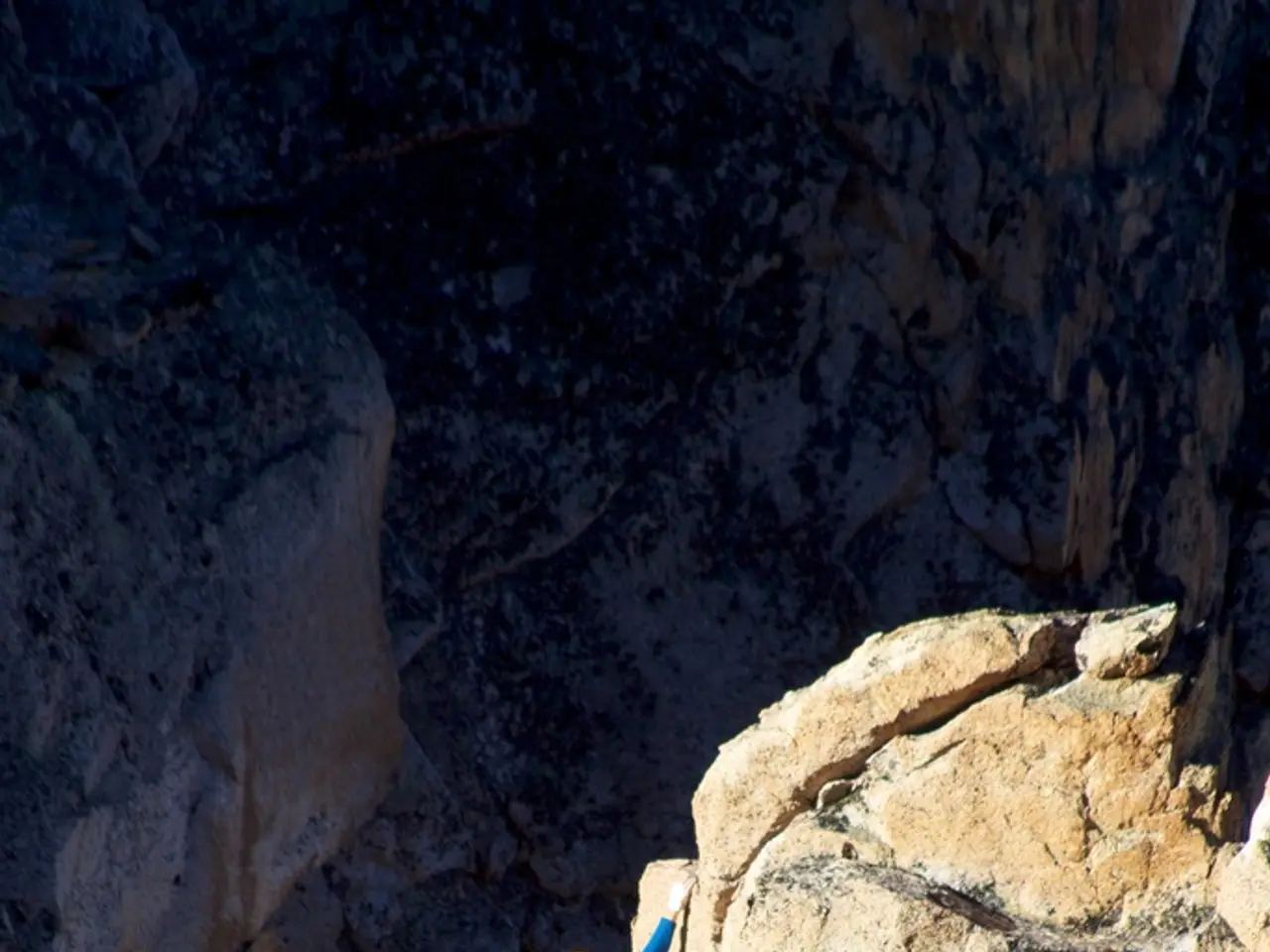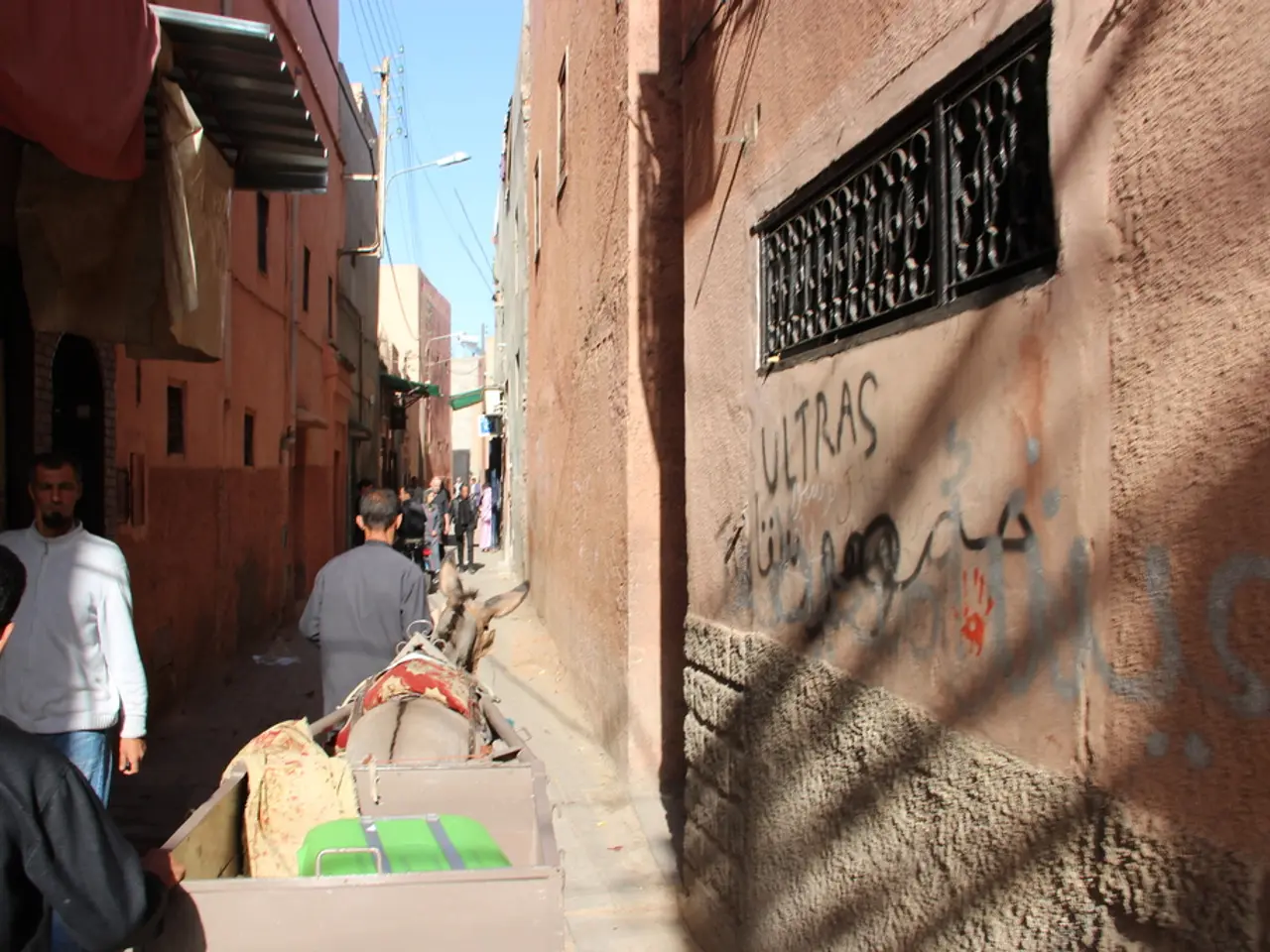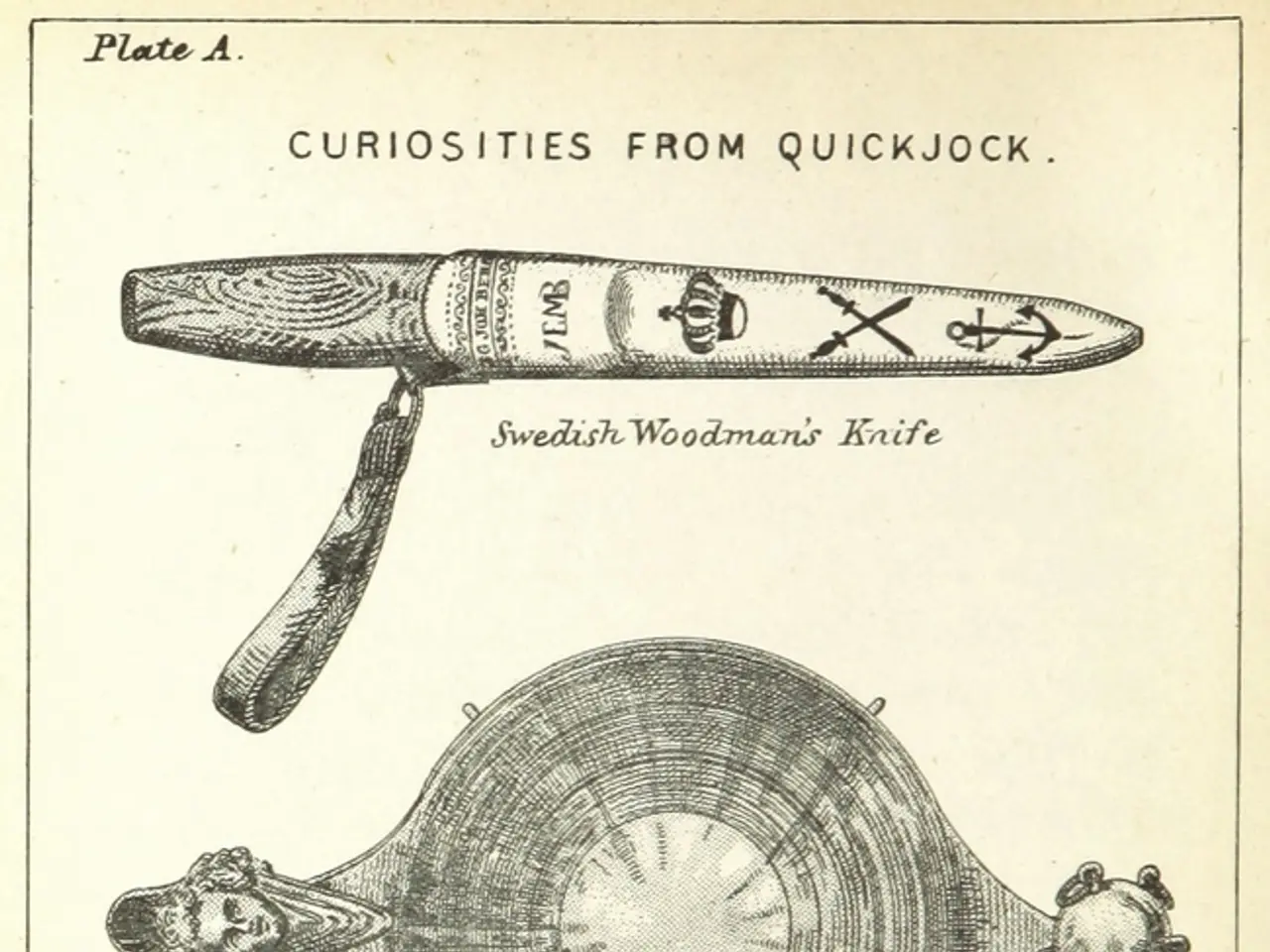Australia's Rugby League: A Mirror of Societal and Economic Stratification
In the vibrant world of Australian Rugby League, initiatives are being implemented to foster a sense of community engagement among Indigenous players, connecting them with their cultural roots. This sport serves as a powerful platform for raising awareness of Indigenous issues and celebrating Aboriginal heritage.
However, economic disparity significantly influences the participation and development of Rugby League clubs across Australia. Wealthier clubs, such as the Brisbane Broncos, benefit from strong financial backing, lucrative sponsorships, larger fan bases, and superior facilities. This advantage allows them to invest heavily in player recruitment and development pathways, creating a cycle of sustained success that is difficult for clubs in less affluent areas to match.
The economic disparities also impact grassroots participation, especially among Indigenous Australians, who are disproportionately socio-economically disadvantaged. Indigenous communities face significant barriers, including a lack of financial resources, poor facilities, limited access to information and role models, and geographical isolation. These factors reduce their opportunities to participate and excel in Rugby League clubs, preventing the full inclusion of Aboriginal and Torres Strait Islander peoples in the sport despite its cultural significance.
Economic inequality also affects club sustainability and player development. Clubs without strong junior development programs and financial resources struggle to adequately backfill their squads and maintain competitive rosters. The expansion of leagues dilutes talent and financial resources further, exacerbating disparities as wealthier clubs consolidate advantages while poorer clubs face financial and competitive pressures.
Despite these challenges, collaborative projects between clubs and Indigenous organizations aim to promote understanding and respect. Indigenous communities experience unique difficulties in accessing resources, despite many talented players emerging from these regions. The influence of Rugby League goes beyond the field, actively engaging with social issues such as poverty and unemployment.
Community engagement through the sport demonstrates its potential to drive positive change, lessening the divide between urban versus rural populations. Challenges vary greatly between urban and rural areas, with rural teams frequently facing additional barriers such as long travel distances and fewer local competitions. Local clubs often organize clinics and training sessions, encouraging participation from diverse backgrounds, especially from regional areas.
If leagues and clubs focus on community engagement, they can foster a sense of unity among diverse groups, tackling issues such as inclusivity, diversity, and fairness. By working together, Rugby League can not only reflect society but also help reshape it. The ongoing involvement of Indigenous athletes in leadership roles showcases a commitment to equity and fosters role models for younger generations.
Moreover, many clubs have established programs that benefit their local areas, focusing on education and health, youth development, and mental health awareness. Workshops educate participants about sporting inequality and social issues affecting Indigenous communities. Rugby League provides a platform for diverse groups in Australia to come together, often serving as a unifying force within neighborhoods.
Fans, players, and clubs have the power to make a difference by raising awareness about social and economic issues and participating in local initiatives. The impact of this inequality cannot be overstated, as it may prevent talented athletes from disadvantaged backgrounds from advancing their skills. As Rugby League's evolution continues to impact Australia's cultural landscape, the potential to bridge some of these gaps through increased exposure and funding becomes increasingly significant.
Football can serve as another avenue for Indigenous Australians to connect with their cultural roots, offering an alternative to Rugby League for those who prefer it or have limited access to Rugby League resources.
However, economic disparities can prevent many Indigenous communities from fully participating in football, given the same challenges faced in Rugby League, such as a lack of financial resources and poor facilities.
